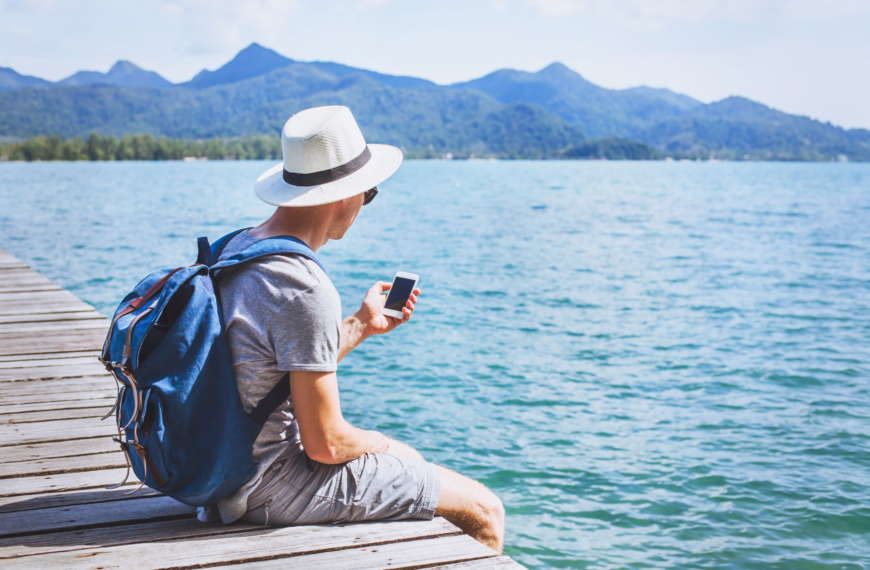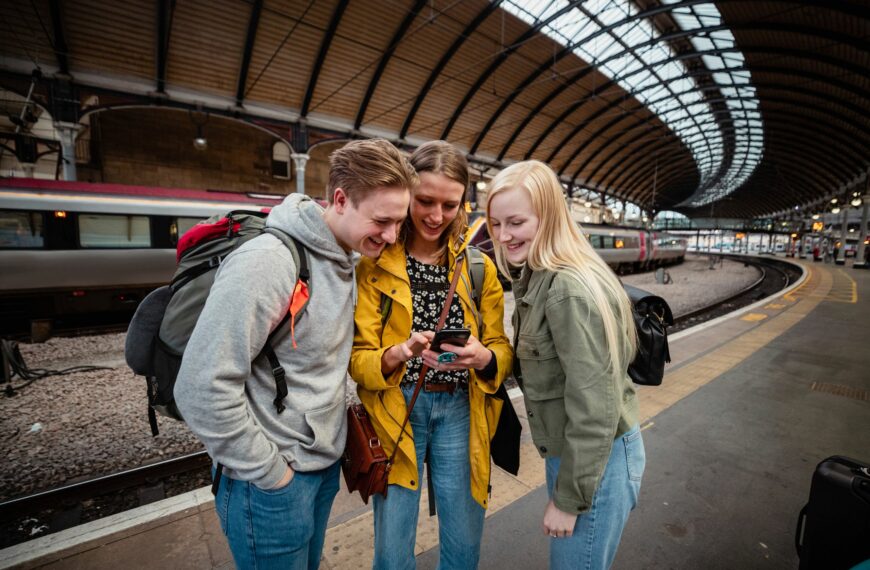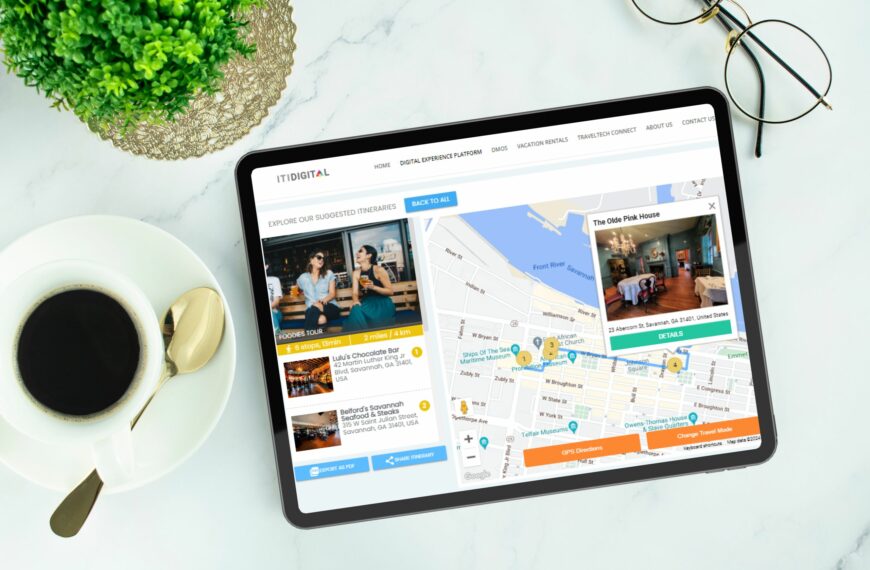In the dynamic world of travel and tourism, Destination Marketing Organizations (DMOs) must continually adapt to the latest technological trends to stay competitive and relevant. As static content becomes less engaging for users, DMOs are turning to more interactive, personalized, and innovative strategies to attract today’s tech-savvy travelers. Here are five effective DMO marketing strategies in the age of technology and their impact on creating an engaging, seamless travel experience.
1. Leveraging AI for Personalized Experiences
AI is a game-changer for DMOs, enabling them to offer personalized travel suggestions and experiences by analyzing user data and preferences. This technology helps tailor marketing efforts to individual interests, enhancing the user’s engagement and likelihood of visiting the destination.
Impact: AI personalization deepens the traveler’s connection with the destination, leading to improved satisfaction and increasing the chances of repeat visits, thereby driving long-term loyalty.
2. Embracing User-Generated Content (UGC)
User-generated content is a powerful tool for DMOs. Travelers tend to trust content created by their peers over traditional advertisements. By showcasing authentic experiences from previous visitors, DMOs can create a more relatable and trustworthy image.
Impact: UGC not only enhances credibility but also provides a platform for past visitors to become advocates for the destination, influencing potential visitors and fostering a sense of community around the destination.
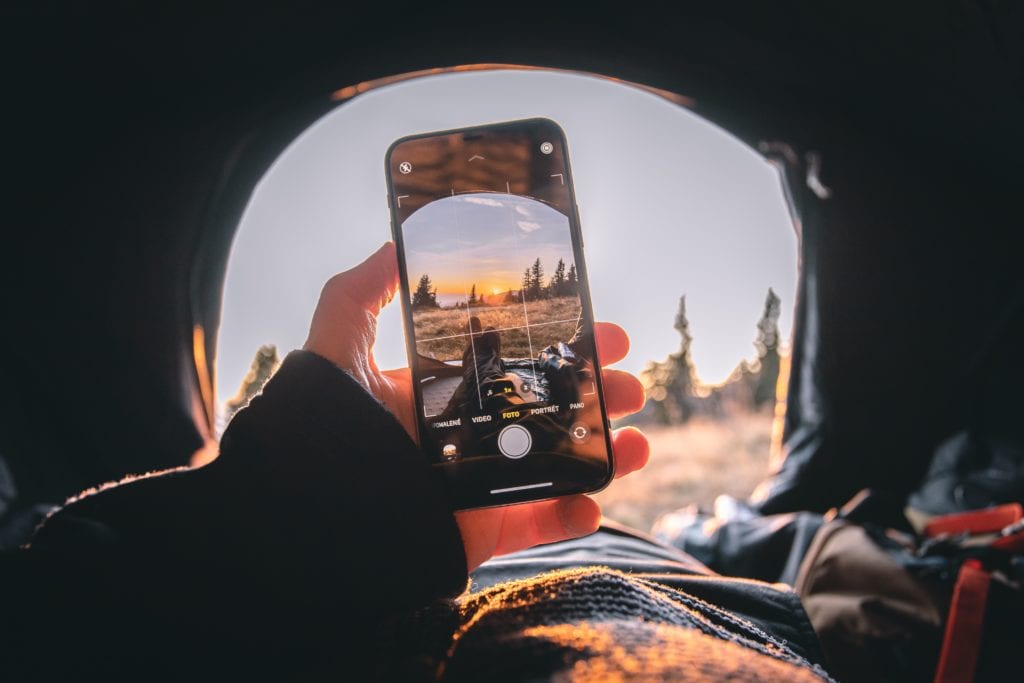
3. Implementing Dynamic and Interactive Content
Interactive content such as quizzes, polls, interactive maps, and customizable itineraries keeps users engaged and allows DMOs to offer a more dynamic online experience. This type of content can adapt to user interactions, providing more relevant and engaging information.
Impact: Dynamic content increases user engagement and time spent on the DMO’s digital platforms, offering better insights into user preferences and enabling more effective DMO marketing strategies.
4. Focusing on Mobile Optimization
With the increasing use of mobile devices for travel research and bookings, ensuring that websites and digital content are fully optimized for mobile is essential for DMOs. Mobile optimization improves the user experience, making it easier for travelers to access information, interact with content, and make decisions on the go.
Impact: Mobile optimization ensures that DMOs can effectively reach and engage with a larger audience, enhancing the accessibility and appeal of the destination to potential visitors.
5. Utilizing Influencer Partnerships
Partnering with influencers can help DMOs reach larger and more targeted audiences. Influencers can showcase the destination through their content, providing authentic experiences and reaching potential visitors in a more personal and direct manner.
Impact: Influencer partnerships can lead to increased visibility and interest in the destination, tapping into the influencer’s follower base and leveraging their credibility to attract new visitors.
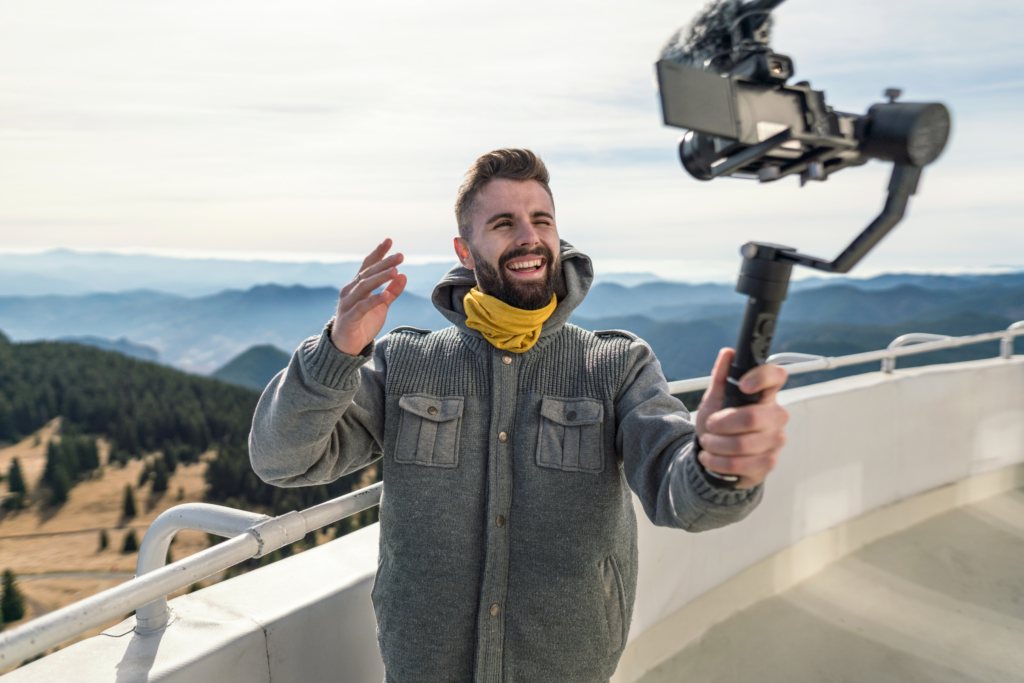
Conclusion
By adopting these five strategies, DMOs can enhance their marketing efforts in the digital age, offering more personalized, engaging, and accessible content to potential visitors. While technology continues to evolve, the core goal remains the same: to create meaningful connections between travelers and destinations, fostering a sense of discovery and adventure.



